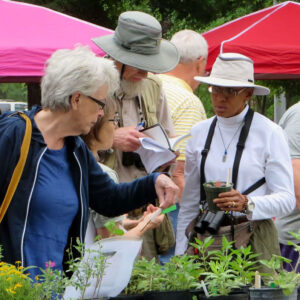Residential homes with irrigation systems can use significantly more water than a rural farm.
Fact: San Antonio is surrounded by rural agricultural farmland. The scope of freshwater irrigated for agriculture may make irrigation for our single-family residential houses seem miniscule, but in some cases an irrigated lawn can use significantly more water than a rural farm.
How is this possible? Because some farms around San Antonio are already practicing dryland farming.
Also known as dry farming or dryland agriculture, dryland farming means crops are not supported with supplemental water from irrigation. Instead, they rely entirely on moisture within the soil and sporadic rainfall. For this to work as a business model, farmers must focus on growing crops well-adapted to high temperatures and recurring drought conditions. These crops can include wheat, sorghum, milo, corn, coastal Bermuda grass, oats and others.
While crops do require water to grow, precipitation and moisture stored within the soil can often meet the needs of these crops, allowing them to grow in the Texas heat.
Farmers practicing dryland farming enjoy the cost and energy-efficient benefits and, in addition, many prefer the traditional, simple practices of relying on precipitation over the expense of building and maintaining an irrigation system.
Although detractors note that yield from dryland farms is less than that of irrigated farmland, the practice is increasing in areas once dependent on aquifers that are now depleted. Proponents remind us that with conservation the demand for produce could feasibly be decreased over time.
According to the United States Department of Agriculture, 30 to 40% of the food grown in the U.S. ultimately goes to waste. Thus, the decreased yields of dryland farming may not have as much of an impact as expected.
Residential homes with irrigation systems can use thousands of gallons to produce a single crop — turf grass — with no beneficial use besides aesthetics.
It’s worth remembering that farmers are dealing with drought too and may be using zero gallons of irrigated water on hundreds of acres to provide food for both consumer and commercial purposes.
Chase Lubianski is an intern with the SAWS Conservation department.


